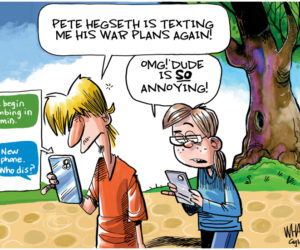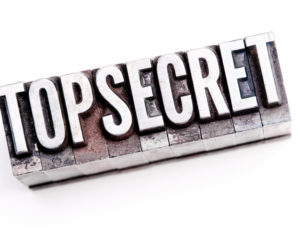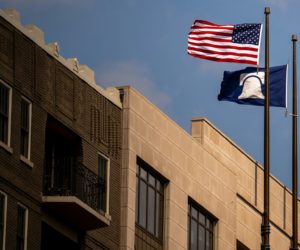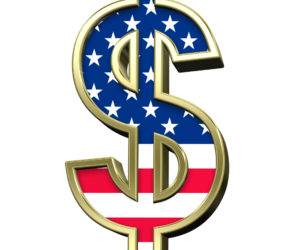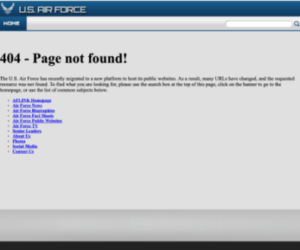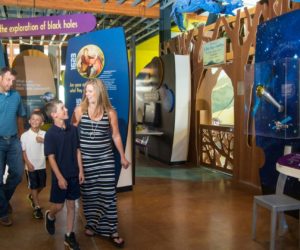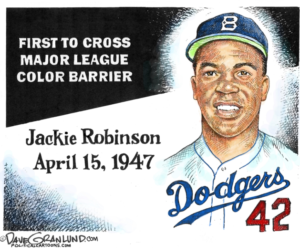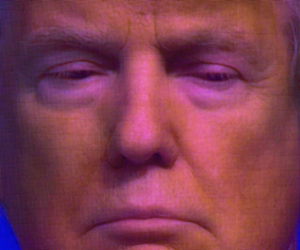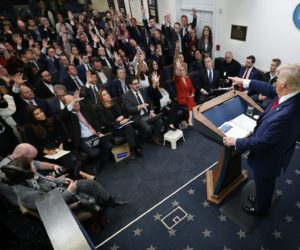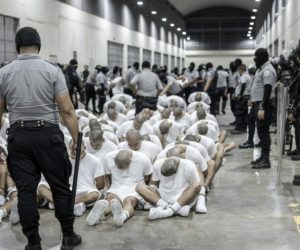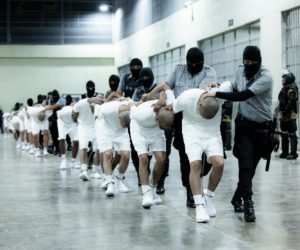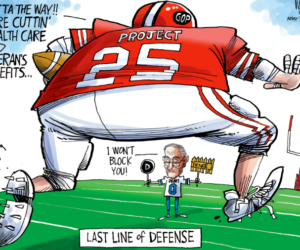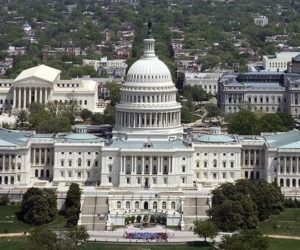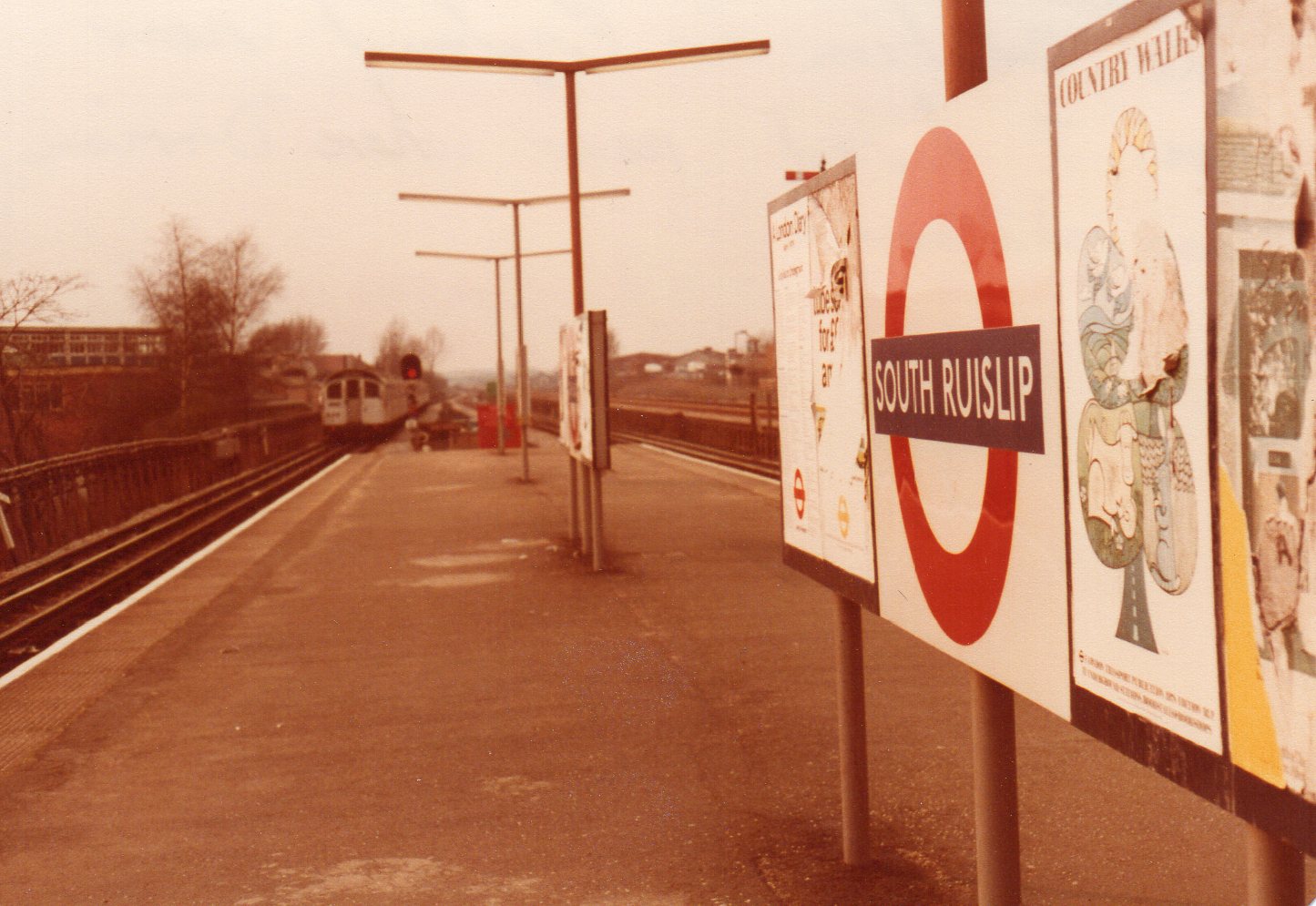
(A few days ago, our editor-in-chief posted a great piece about a memory from 47 years ago. Being a few years older, it is no problem to outdo him –in terms of years — with a memory from 61 years ago. Here it is)
When I first met her, she worked as a hairdresser at U.S. Air Force (USAF) Base South Ruislip (in South Ruislip), and it was love at first sight. She lived in Ruislip Gardens, right next to Ruislip and not too far from another Ruislip, USAF West Ruislip. All these Ruislips (we’ll throw in East Ruislip, Ruislip Manor and Ruislip Common) are small communities or “sub-communities” in the London Borough of Hillingdon, County of Middlesex, approximately twelve miles (as a 707 flies — more later) northwest of “downtown” London.
Although “technically” assigned to South Ruislip (I maintained an always neatly made bed in the barracks there), I was a busy young man renting a room in Ruislip Gardens from a lovely couple, dating in the same “Gardens,” shopping at West Ruislip, taking my future wife to a nice restaurant in “uptown” Ruislip Manor on paydays, spending an occasional weekend afternoon at the Ruislip Lido, or flying missions out of Royal Air Force (RAF) Northolt, situated between Ruislip and South Ruislip.
My humble mode of transportation, a Lambretta motor scooter, racked up a lot of miles scooting me economically, discretely and safely – such as during many a London “peasouper” – to and from and between all the Ruislips in those young, carefree days and nights in England.
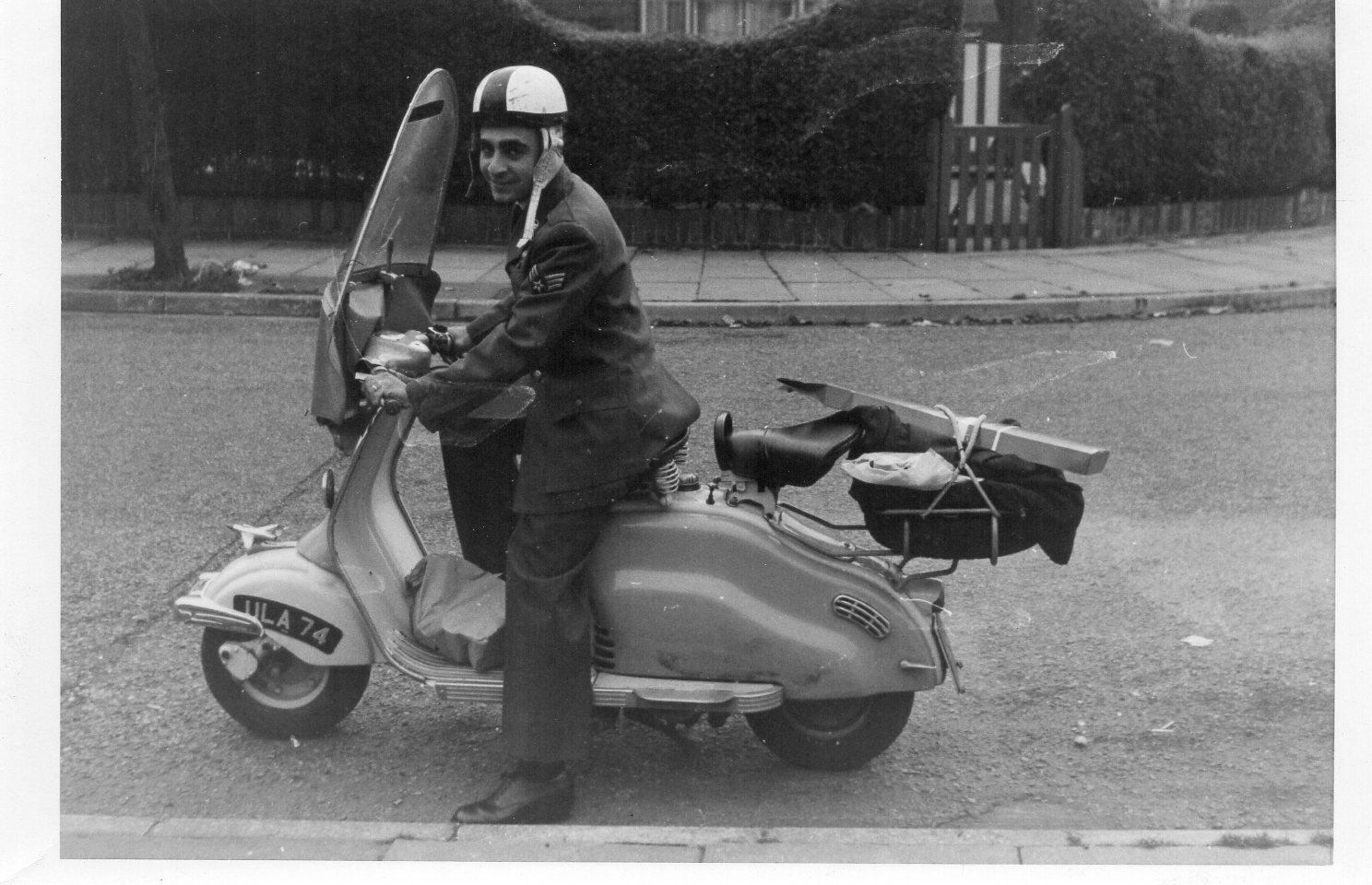
Today, my (cold-war) bride of 60 years regularly reads stories about all these Ruislips at a charming web site, Ruislip Online. They bring back fond memories to both of us.
One recent story reminded me of a memorable autumn day in 1960 when all kinds of hell commotion broke out at RAF Northolt.
Accustomed to the sights and sounds of relatively small U.S. and Royal Air Force VIP aircraft approaching and landing at the single, very short (5,535 ft.) Northolt runway (below) we were all transfixed by the approach of a giant Pan Am Boeing 707 intent on landing on “our” little runway which runs closely in the same direction as one of London Heathrow’s runways. Heathrow’s runways are only six miles away and twice as long.
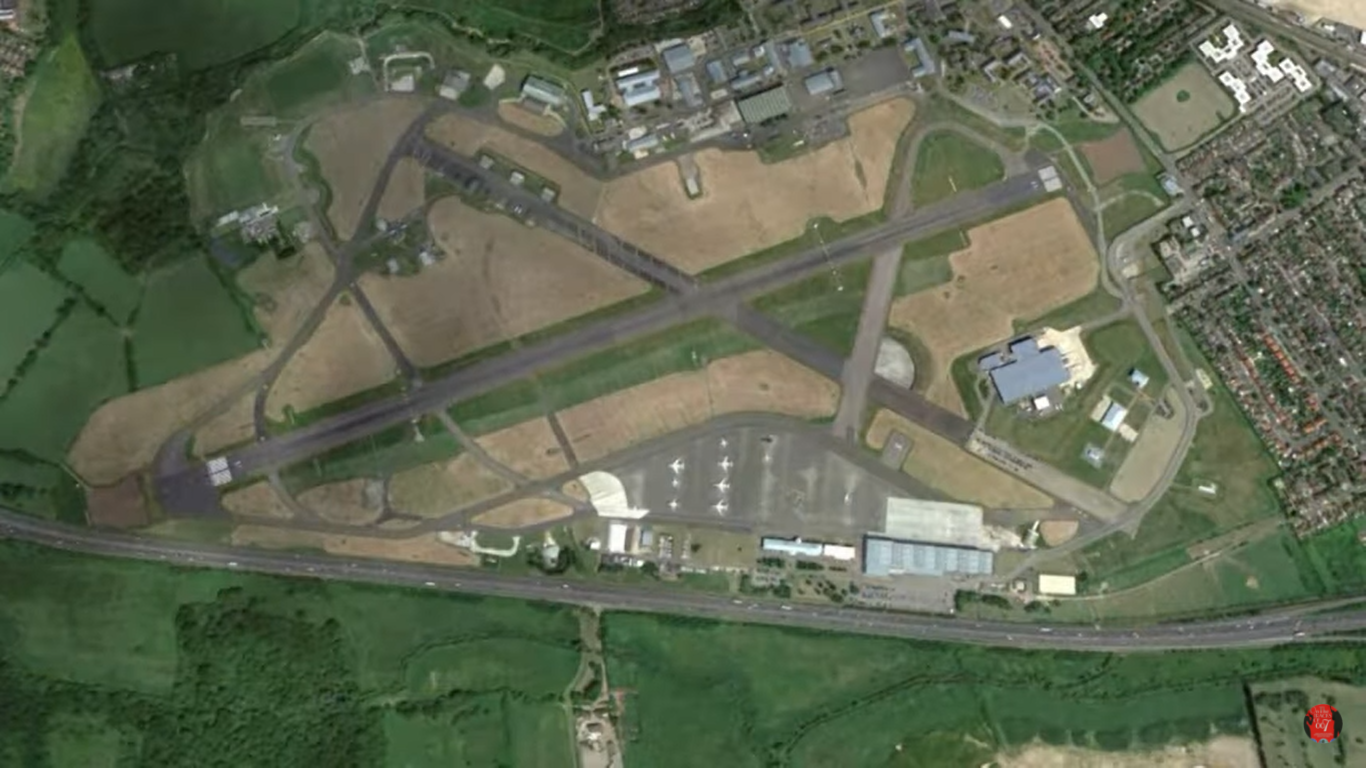
In those days, before instrument landing systems (ILS) and long before the Global Positioning System (GPS), on clear days aircraft were often allowed to make visual approaches to both the London Heathrow and Northolt airports.
Conveniently located below both long, straight-in final approach paths to the respective runways were very large and very similar in appearance ”gasometers” (huge tanks storing natural gas for local use) which pilots routinely used as visual markers on their final approach.
On that fateful day in October 1960, the captain of the Tokyo-to-London-bound Pan Am 707 mistook the “Northolt gasometer” (located in South Harrow) for the Heathrow one (located in Southhall), declared he had the runway in sight and was cleared to make a visual approach. A couple of minutes later, those of us at Northolt witnessed the wrong kind of commercial aviation history in the making.
The Boeing 707 with forty-two souls on board made a pretty good landing under the circumstances, lumbered down the short runway burning quite a bit of tire rubber and stopped less than 100 yards short of the end of the runway.
All ended well – perhaps with the exception of the aircraft captain. All the cargo and most of the fuel was removed from the aircraft, the passengers were bussed to Heathrow airport, the busy A-40 Main Road at the East end of the runway was closed temporarily and the 707 took off safely for the very short flight to Heathrow.
It is not known to the author whether the inbound flight aircraft captain – a Capt. Beall — was at the controls on the short flight to Heathrow nor what happened to his career, but is reported that Capt. Beall said, “It was an honest to goodness mistake.”
During a Parliamentary hearing a couple of months later the Ministry of Aviation seemed to concur, stating, “The pilot apparently made a mistake in identifying his aerodrome and landed at Northolt.”
It was not until another Boeing 707 – this time a Lufthansa aircraft – nearly made the same mistake more than three years later that large letters were painted on the two gasometers: “LH” on the one under the approach path to London Heathrow and “NH” on the one under the path to Northolt (later changed to “NO”).
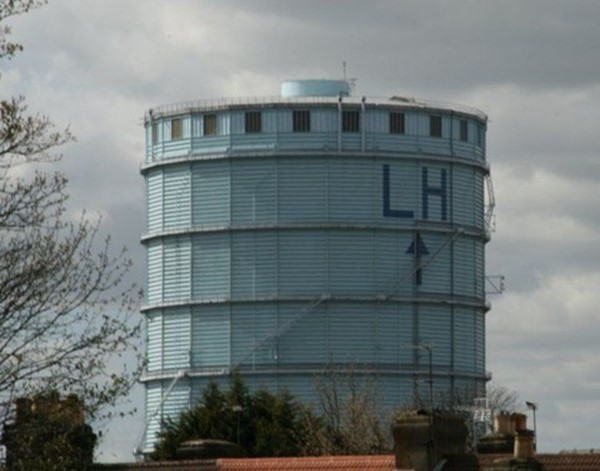
One of the gasometers was torn down several years ago. I don’t know if the other one is still standing.
Upon reflection, it is a good thing that there were not four or five “Ruislip airports.”
It is also a good thing that, with the advent of ILS, Microwave Landing Systems, GPS and other sophisticated radar and navigational systems, the days of using landmarks to pick out the correct airport upon which to land are a thing of the past.
But, it is really a good thing that memories from the past often brighten our present.
CODA:
RAF Northolt has a long, distinguished and fascinating 100-plus-year history, both in military and civil aviation. It was also the location where scenes from several James Bond movies, such as Goldfinger and Thunderball, were filmed. Watch the video below.

